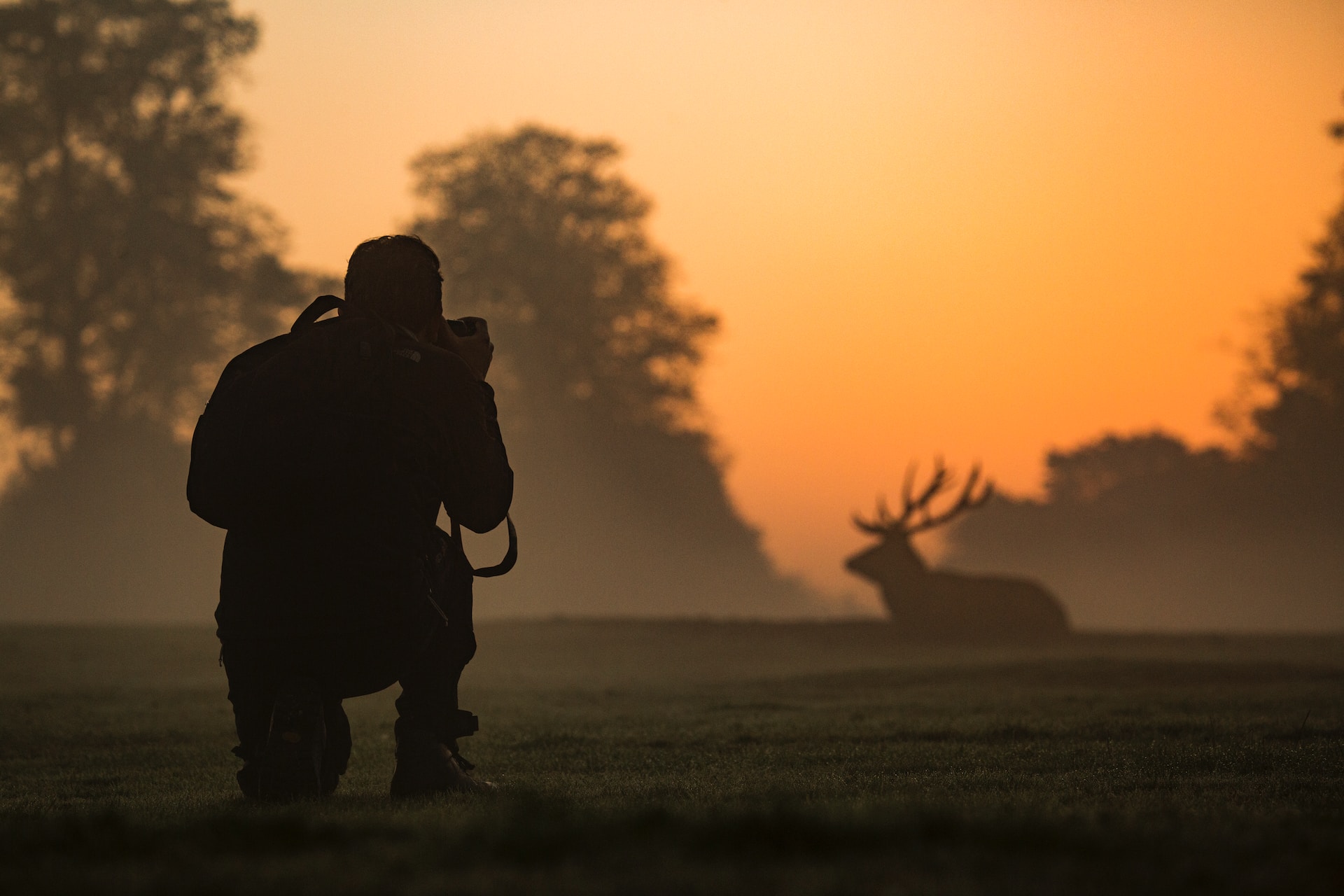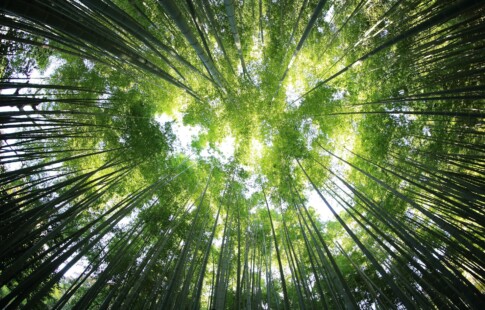
The Ultimate Guide to Wildlife Photography Jobs
We are reader-supported. When you buy through links on our site, we may earn affiliate commission.
Science and art may be contrasting industries, but some creatives have found unique ways to combine both passions. For instance, a skilled photographer who loves nature might pursue wildlife photography jobs to channel their artistic gifts while making a difference in the world.
Let’s explore the rewarding career of a wildlife photographer, the skills and background you need to succeed and how to obtain work in the field.
Why Become a Wildlife Photographer
Wildlife photographers may not have a background in conservation or more complex expertise in toxicology reporting. However, their photographs tell a compelling story, raising awareness about the natural world and inspiring people to do right by the planet.
Their photographs touch others and back up efforts to protect animals. Their work often appears in print and digital media, museums, universities and other exhibitions. They might also show up in textbooks or scientific research.
For example, according to early records from the International Union for Conservation of Nature, 881 species have gone extinct since 1500. Meanwhile, scientific predictions estimate that number is actually closer to 1,473. Photography helps scientists identify and track endangered species — complementary to traditional data collection methods like satellite imaging and tagging.
By no means are wildlife photography jobs easy to obtain. Only a handful of lucky artists go on to make a decent living sharing their work. Does that mean you shouldn’t at least try to pursue your passion? Determination, patience and hard work can pay off for a successful career.
Wildlife Photography Job Outlook
Any creative field is highly competitive, and wildlife photography jobs are no different. Many wildlife photographers travel for work — sometimes to remote locations and dangerous wildernesses on the other side of the world.
An active, curious person — or an adrenaline enthusiast — might be a good fit for this career. However, that’s not always the case. Some photographers make a living quietly photographing nature within their local surroundings.
Those interested in wildlife photography jobs will want to know how many openings they can expect in the field, as they vary as much as the salaries for this role. Of course, if you’re persistent, the best career prospect will land in your lap.
Employment
According to the U.S. Bureau of Labor Statistics (BLS), photographers’ employment overall is expected to grow by 9% by 2031. Forecasters have attributed growth to COVID-19 recovery and replacing those exiting the workforce.
The BLS also notes finding work as a wildlife photographer may become even more challenging as many positions open to freelancers and hobbyists over salaried professionals. This is partly due to the decreasing cost of cameras and access to online stock photography with a subscription fee.
Salary
Wildlife photographers earn an average salary of $20.79 per hour — however, hourly wages range from $7.69 to $42.07. The broad salary range indicates ample career advancement opportunities, depending on skill, experience and location.
The many types of wildlife photographers might also factor into your salary. Some of those roles include conservation photographer, underwater photographer, photojournalist, environmental and landscape photographer and documentary photographer.
Freelance photographers for the National Geographic Partners earn between $76,096 and $97,289 — a livable wage in such a creative field.
How to Obtain Wildlife Photography Jobs
You must be strategic in your efforts to become a wildlife photographer. Your first step is to hone in on your photography skills, learning how to operate different camera devices and equipment for the most precise shot. Photography courses, workshops or degree programs are valuable for learning photography principles and developing your craft.
Other steps for obtaining wildlife photography jobs include the following:
- Investing in the proper gear — high-quality camera, lighting kit, durable camera bag, tripod, sleeping bag, outdoor clothing and a backup battery
- Learning job-related skills — equipment proficiency, photo editing, outdoor survival skills, adaptability, observation and patience skills, knowledge of environmental issues and regulations, endurance training
- Practicing photography styles, modes and perspectives
- Networking with other wildlife photographers
- Understanding common wildlife behaviors
Visiting animal sanctuaries and national parks is an excellent way to introduce yourself to different wildlife species and build your photography skills. You could also hire a naturalist to give you a guided tour.
Of course, creating a comprehensive portfolio of your best work is the best way to get noticed by companies, organizations, media groups and publishers. Your portfolio should include clear shots of flora, fauna and landscapes. Animal portraits also make excellent additions to your photo collection.
Where to Find Wildlife Photography Jobs
Your best bet is to begin your career as a freelance photographer specializing in nature and wildlife. Most wildlife photographers submit their work to publications, media outlets and other sources.
Experience is critical, though — although impressive, National Geographic isn’t going to hire you as a photographer by simply sending them a stellar underwater shot of a great white shark. You need five to 10 years of experience as a photojournalist for consideration.
Here are three practical ways to step up the career ladder as a wildlife photographer.
Reach Out Directly
The more you build your portfolio, the better your chances of attracting interested parties — publishers, newspapers or local news stations that may want to purchase your work for nature-related segments.
Local wildlife and environmental organizations might also bite if you contact them. For instance, a nonprofit group in your area may want to update its website using your photographs of local wildlife.
Share on Social Media
Creating a website and sharing your work on LinkedIn and social media will also help you get ahead. Social media platforms — particularly Instagram, Facebook and X — are cost-effective ways to market your wildlife photography skills and catapult your career.
Wildlife organizations and publishers can find you through social media, too. Market yourself wisely, and you can open doors for ample photography opportunities.
Upload to Image Hosting Websites
Flickr and similar image hosting services are another option. Users create online galleries to showcase their photography. You can also set your preferred licensing, such as common usage copyright or “all rights reserved.”
Stock photography websites — Unsplash, Pixlbay, Pexels and others — might be an alternative way to have people familiarize themselves with your work. Some websites — like Shutterstock — can even earn you a bit of cash.
Make a Difference With Wildlife Photography Jobs
Your career as a wildlife photographer can make a real difference in conservation efforts. Stunning photography evokes emotion in others, causing them to want to act. Use your photography skills to inspire the world to care for wildlife and the planet.
Share on
Like what you read? Join other Environment.co readers!
Get the latest updates on our planet by subscribing to the Environment.co newsletter!
About the author

Jane Marsh
Starting from an early age, Jane Marsh loved all animals and became a budding environmentalist. Now, Jane works as the Editor-in-Chief of Environment.co where she covers topics related to climate policy, renewable energy, the food industry, and more.





